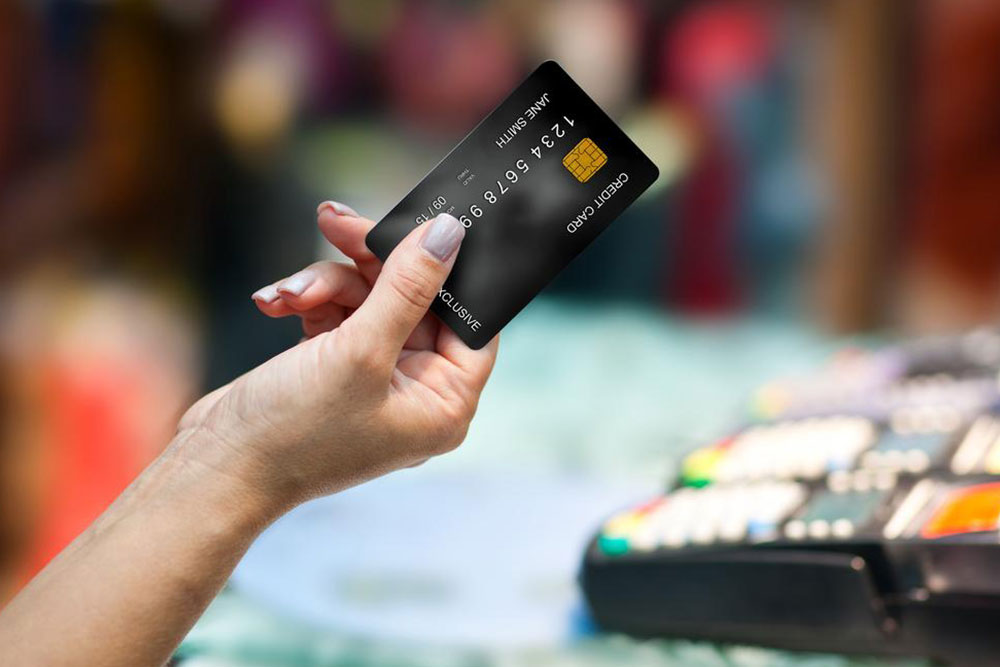Guide to Making Secure Online Credit Card Payments
Learn how to securely make online credit card payments with this comprehensive guide. Discover transaction processes, security tips, and fee structures to ensure smooth digital payments. Ideal for consumers seeking convenient, safe methods to manage their finances online, the article covers everything from payment verification to automatic billing and fee breakdowns, highlighting best practices for secure financial transactions.

Guide to Making Secure Online Credit Card Payments
A credit card issued by a bank or financial institution allows users to purchase goods or services from merchants. The issuer commits to paying the merchant on behalf of the cardholder, who then owes the bank. This process involves a third party, with agreements in place to accept card payments online or in-store, often displayed via logos. Cardholders use a PIN for in-person transactions and receive receipts. Online payments do not involve physical card presence; merchants verify identity with additional security questions.
Online credit card payments are highly convenient, eliminating issues like lost checks and enabling swift processing. Users can monitor transactions and expenses from any device, with statements updating within 24 hours. Automatic payments can be scheduled, ensuring timely bill payments. You can review your balances, set up one-time or recurring payments, and receive email or SMS alerts. Redeeming rewards or transferring funds between accounts is straightforward, making online card usage efficient and accessible.
Online statements are similar to paper versions but delivered digitally, providing detailed transaction information. Setting up auto-pay services ensures payments are made punctually each month. The online payment process involves three key parties: you, your bank acting as the issuer, and the merchant. Payment gateways connect you and the merchant securely, with processors managing transaction approval and settlement.
The transaction process occurs in two stages: authorization and settlement. During authorization, data is encrypted and sent through a payment gateway to the processor, which communicates with the issuing bank. Upon approval, funds are debited from your account and transferred to the merchant's account in seconds.
Transaction fees are shared among banks, card networks, and merchants. These include interchange fees (a percentage of each sale paid to the issuer), assessment fees (charged by card networks like Visa or MasterCard), merchant markup (the fee added by the merchant's bank), and processing fees paid to the payment processor. These costs are bundled, making it difficult to identify exact fee breakdowns.
Important Notes:
The information provided here is for general guidance. While the content shares valuable insights, it should not replace professional financial advice. Fees, procedures, and offers may vary. Always verify details with your bank or payment provider before making transactions. The site is not responsible for any discrepancies or promotional offers outside these guidelines.










